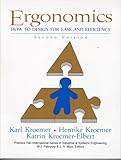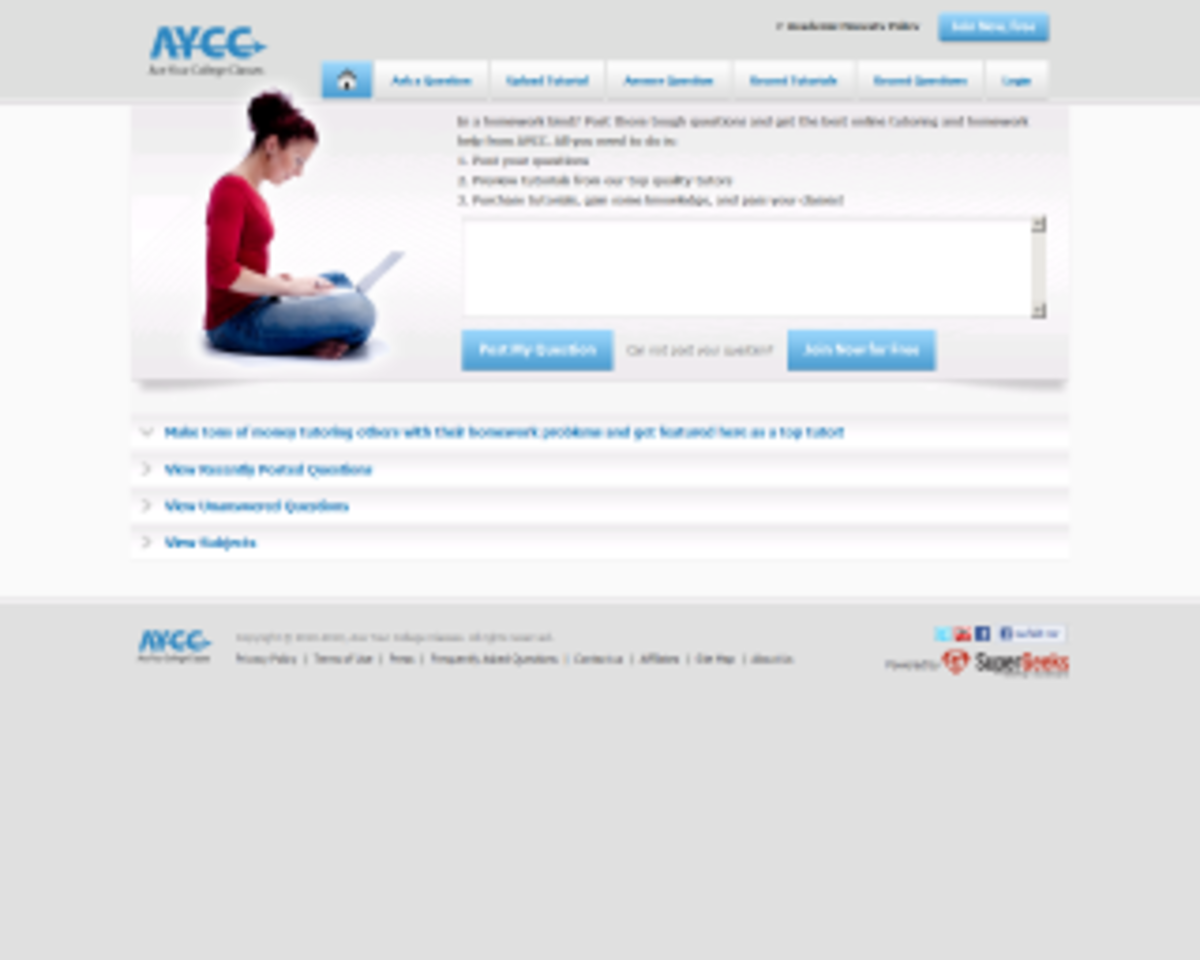Ergonomic Material Handling, preventing injury at work
Ergonomics in Material Handling
Why should you apply ergonomics to your material handling system? Well there are many reasons including increased productivity, lower injury rate and better worker health. When applied correctly ergonomics will help reduce worker fatigue by making the standardized work less strenuous. This reduced fatigue will lead to higher productivity, especially later in to work day. The reduced fatigue will lead to less injuries, of both the accidental and repetitive type. Lower injury rates will naturally improve the health of the workers.
So the next question is how can you apply ergonomics to your business. That is a hard question to answer. Because each business is different, what might work for one business may not work for yours.
What I can do for you though is give you the resources needed for you to develop a ergonomic material handling system that meets the needs of your business. The rest of this article will dedicated to educating you on ergonomic material handling. You may still find it advantagous to hire a consultant to help you through your ergonomics journey.
Problematic Manual Material Handling Tasks
When it comes to manual material handling, there are certain tasks that are commonly linked to fatigue and injury. When exposed to these types of tasks the risks for musculoskeletal disorders are increased.
Awkward postures - Examples of awkward positions are bending, reaching, squatting, twisting and leaning.
Repetitive motions - Any motion like lifting, carrying and reaching that is done repetitively over a long period of time.
Forceful exertions - The lifting, pushing, pulling and carrying of heavy or awkward material.
Pressure points - Sharp and/or hard edges that are grasped or leaned against causing discomfort.
Static postures - Maintaining fixed positions over long periods of time.
Types of Ergonomical Improvements
Improvements can be put into one of two major categories. Engineering and administrative.
Engineering improvements can be defined as the modification or redesign of materials, designs, processes, workstations, tools and packaging. One example of an engineering improvement is to use DFMA principles to redesign the product allowing it to be assembled with less effort.
Administrative improvements can be defined as the adjustment or modification of work schedules, recovery time, work practices and job diversification. An example of an administrative improvement would be to periodically rotate workers into different jobs to help avoid repetitive injuries.
Typical Improvements to Problematic Tasks
Power zone - Work within your power zone, Your power zone can be defined as the area above your knees, below your shoulders, directly in front of you and close to the body.
Tools - Use material handling equipment to prevent overuse, fatigue and overexertion.
Variety - Offer work that has variety to reduce the risk of injury due to overuse and repetitive tasks.
Padding - Reduce the affect of pressure points by removing hard and sharp edges and spreading load over larger area.
Lifting Hazards and Solutions Dr Ergo 2005
Ergonomics Risk Factors Dr Ergo 2005
Ergonomics Reducing Awkward Postures Dr Ergo 2005
Ergonomic Material Handling Educational Links
- Egonomics : The Study of Work
US Department of Labor - Occupational Safety and Health Administration - Publication 3125 - Liberty Mutual Manual Material Handling Tables
The Liberty Mutual Research Institute for Safety has updated the manual material handling tables originally published by Snook in 1978, and by Snook and Ciriello in 1991. - NIOSH - Egonomic Guidlines for Manual Material Handling
This booklet is written for managers and supervisors in industries that involve the manual handling of containers. It offers suggestions to improve the handling of rectangular, square, and cylindrical containers, sacks, and bags. - Ergonomics of Manual Material Handling
This whitepaper focuses on some of the ergonomics issues involved with manual pushing or pulling activities. Ergonomics is an applied science that is used to improve human performance.
Ergonomics books
The National Institute for Occupational Safety and Health - NIOSH
The National Institiute for Occupational Safety and Health (NIOSH) is a division of the Center for Disease Control (CDC) that is responsible for conducting research and making recommendations for the prevention of work-related injury and illness. NIOSH is a great educational resource for ergonomics and injury prevention in the workplace.
They have a booklet specifically to address ergonomics and musculoskeletal disorders called Ergonomics for Manual Material Handling. This is a great resource for those who are responsible for their companies material handling systems. The proper material handling equipment, like forklifts, hoists or warehouse carts, can create a workplace environment that is productive and safe for all involved.
Ergonomic Assist Systems and Equipment - EASE
What is the Ergonomic Assist Systems and Equipment (EASE) group? It is a product council of the Material Handling Industry made up of manufacurers of ergonomical material handling equipment. It is your resource for trends, information, practices, equipment and organizations that focus on the ergonomics of the material handling industry.
Some material handling equipment covered by EASE include lift tables, elevated platforms, balancers, containers, manipulators, pallet rotaters and inverters.
Ergonomics Conferences and Shows
- The National Ergonomics Conference and Exposition - ErgoExpo
ErgoExpo is the most important event of the year for professionals looking for new ways to reduce workplace related injuries, improve productivity, and grow the bottom line. - Applied Ergonomics Conference and Expo
The Applied Ergonomics Conference is a must-attend if you are responsible for seeking solutions in safety, human factors, ergonomics or occupational health. This conference provides ergonomics tools and answers across almost every industry





